- عنوان کتاب: Soybean Improvement
- نویسنده: CShabir Hussain Wani
- حوزه: صنایع غذایی
- سال انتشار: 2022
- تعداد صفحه: 278
- زبان اصلی: انگلیسی
- نوع فایل: pdf
- حجم فایل: 10.5 مگابایت
سویا (Glycine max L. (Merr)) یکی از مهمترین محصولات در سراسر جهان است. دانه های آن هم برای وعده غذایی پروتئین و هم برای روغن گیاهی حیاتی هستند. از جمله محدودیتهای مختلف مسئول کاهش عملکرد سویا، تنشهای زیستی و غیرزیستی است که اخیراً در نتیجه تغییر سناریوهای اقلیمی در سطح جهانی افزایش یافته است. تلاش های زیادی برای توسعه رقم و افزایش ژرم پلاسم از طریق اصلاح نباتات معمولی انجام شده است. این منجر به توسعه بسیاری از گونه های سویا با عملکرد بالا و مقاوم در برابر آب و هوا شده است. علیرغم این توسعه، اصلاح نباتات متعارف از نظر طبیعت، وابسته به منابع و آب و هوا درازمدت است. با توجه به پیشرفت در ژنتیک و ژنومیک سویا و در دسترس بودن دادههای ژنوتیپی بزرگ، و همچنین پیشرفتها در فنومیک، توسعه ژنوتیپهای سویا پیشرفت کرده است و صفات پیچیدهتری مانند تنشهای زنده و غیرزیستی مورد توجه قرار گرفتهاند. پیشرفتهای قابل توجهی در شناسایی ژنها برای بهبود عملکرد، تحمل به تنشهای زنده و غیرزیستی و افزایش پارامترهای کیفی در سویا و استقرار آنها از طریق رویکردهای تراریخته و انتخاب به کمک نشانگر انجام شده است. اصلاح مولکولی به امری عادی تبدیل شده است و با ظهور فناوری های توالی یابی نسل بعدی که منجر به نشانگرهای مولکولی مبتنی بر SNP می شود، بهبود دانه سویا سرعت جدیدی به خود گرفته است و منجر به نقشه برداری از ژن ها برای صفات مختلف مانند مقاومت در برابر بیماری، مقاومت به حشرات، محتوای روغن بالا و بهبود عملکرد شده است. روشهای اصلاحی پیشرفته مانند انتخاب ژنومی، دقت را برای پیشبینی صفات مهم میافزاید. بنابراین، در کتاب حاضر، با عنوان اصلاح سویا: دیدگاههای فیزیولوژیکی، مولکولی و ژنتیکی، تلاش شده است تا فصلهایی از دانشمندان مشهور بالقوه سویا برای بحث در مورد آخرین بهروزرسانیها در دیدگاههای مولکولی و ژنتیکی سویا که مکانیسمهای پیچیده برای ایجاد استرسهای زیستی و غیرزیستی را مشخص میکند، گنجانده شود.
Soybean (Glycine max L. (Merr)) is one of the most important crops worldwide. Its seeds are vital for both protein meal and vegetable oil. Among the various constraints responsible for decrease in soybean yields are the biotic and abiotic stresses which have recently increased as a result of changing climatic scenarios at global level. Tremendous efforts have been made for cultivar development and germplasm enhancement through conventional plant breeding. This has resulted in development of many high-yielding and climate-resilient soybean varieties. Despite this development, conventional plant breeding is long term by nature, resource dependent, and climate dependent. Due to the advancement in genetics and genomics of soybean and availability of large genotypic data, as well as advances in the phenomics, the development of soybean genotypes has been advanced, and more complex traits like biotic and abiotic stresses have been addressed. Significant advancements have been accomplished in identification of genes for yield improvement, tolerance to biotic and abiotic stress, and increased quality parameters in soybean and their deployment both through transgenic approaches and marker-assisted selection. Molecular breeding has become routine, and with the advent of next-generation sequencing technologies resulting in SNP based molecular markers, soybean improvement has taken a new pace and resulted in mapping of genes for various traits like disease resistance, insect resistance, high oil content, and improved yield. Advanced breeding procedures like genomic selection are adding in the precision for predicting traits of importance. Therefore, in the present book, entitled Soybean Breeding: Physiological, Molecular and Genetic Perspectives, an effort has been made to include chapters from renowned potential soybean scientists to discuss the latest updates on soybean molecular and genetic perspectives elucidating the complex mechanisms to develop biotic and abiotic stress resilience in soybean.
این کتاب را میتوانید از لینک زیر بصورت رایگان دانلود کنید:
Download: Soybean Improvement



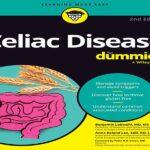






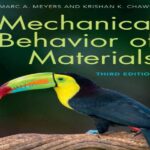
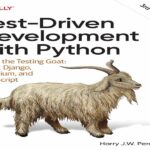

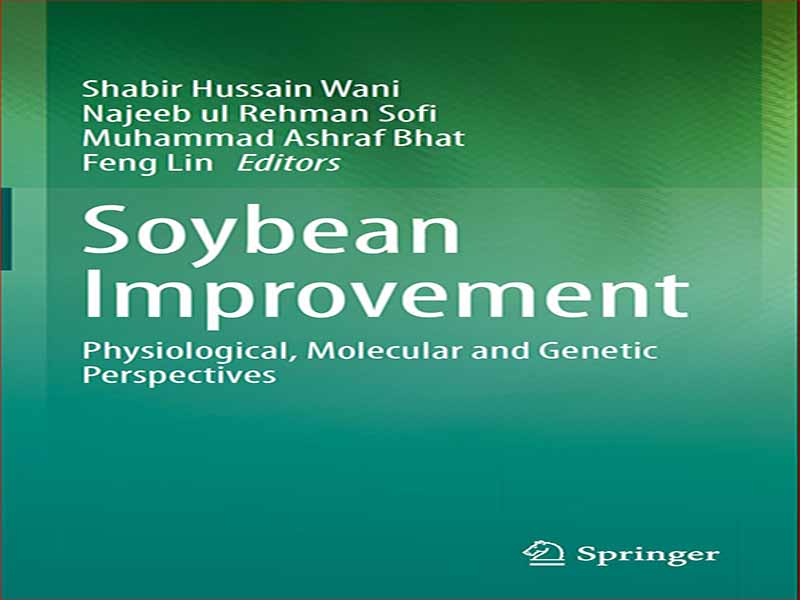





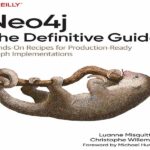

















نظرات کاربران